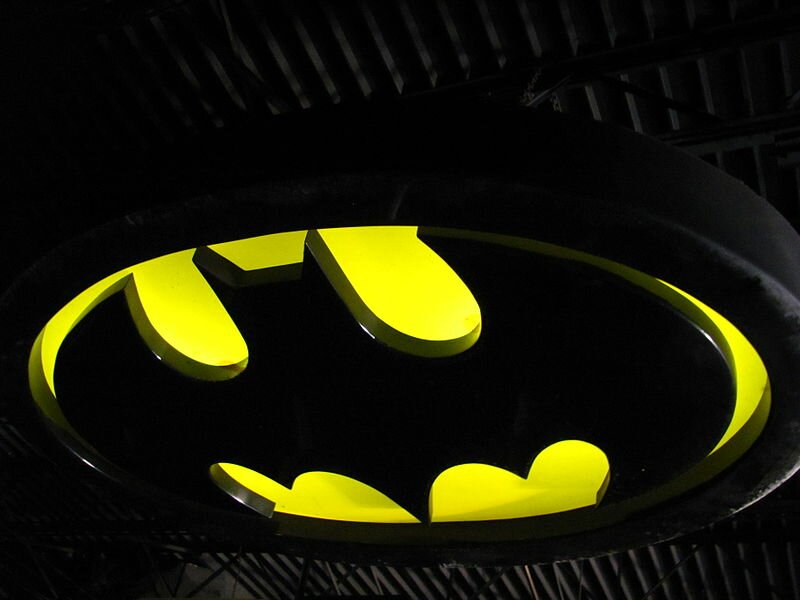
,
Correspondent (Art)
Magritte: The Mystery of the Ordinary, 1926-1938 is the title of the expansive exhibition of René Magritte’s works currently on view at the Museum of Modern Art in New York. But once the viewer is sufficiently lost (probably by the time one reaches the third room of the exhibition), one’s experience will not be one of mysterious ordinariness, but rather of meticulous extraordinariness. One is fooled into thinking that one is being drawn into some sort of surreal mystery — canvases which manipulate viewers’ ideas about the fundamental nature of things. But what is fundamental about Magritte is not deception, but rather the physical composition of his works themselves. Their geometry, size, shape and colour converge to make them look like what they do not in fact look like. This process of becoming from one form of appearance to another happens in the canvas itself, so nobody is being fooled or excluded from a secret. The works are extraordinary exactly for this reason: they make everyone (including Magritte himself) aware that they are going through stages of comprehension and confusion in real time.
The best example of Magritte’s meticulous construction of the extraordinary happens when one stands in front of the work “The Human Condition”, which has been given its own private wall. The painting depicts a window looking out into a scene of clear blue skies and green trees in a meadow. In the foreground there is a canvas on an easel depicting a section of the same scene. Brown curtains drape the sides of the window (matching the brown of the easel). The thin black marble windowsill seems to be a small detail, but it has been painted with precision, and it helps to add extra dimension to the canvas within the canvas so that it literally stands out. The work is visually quite plain, but when one stands directly in front of it one is jarred by a sudden feeling of being moved. Clearly, Magritte has painted what is already there, and he has done so twice: he has painted a scene from nature, and he has painted a painting within that painting that shares a part of the same content of his own painting. He has not just painted two different artistic representations of one scene, but he has also invited us to join him in sharing in the difficulty of making those representations. We, like Magritte, do not know how we are supposed to differentiate (conceptually) between the “real” scene outside the window and the painting of it on the smaller canvas.
There are other paintings in which Margritte does something similar but in more playful ways, for example in the now famous “The Treachery of Images” which shows us a pipe– painted, again, in meticulous detail– but then tells us that it is not a pipe. We are meant to infer that what we are looking at is a painting of a pipe and not a pipe itself, confusing ourselves like we did when we looked at “The Human Condition”. But even more importantly, Magritte makes fun of his own attention to technique by painting a pipe so perfectly but then saying it is not a pipe. It is also as if he is asking himself what the point of all this discipline is if he is just going to throw it away. But being the artist he must have known that the physical construction of the work is everything. The pipe first needs to be made to look hyper-real so that it can then go beyond its limitations, and we can go beyond ours.
The exhibition takes us through rooms with Magritte’s own face, women’s bodies, musical notes, celestial objects and plays of light and shadow. The physical reality of all these “entities” is taken to its extreme– to the physically extraordinary. What we end up with is not secrecy, distortion or even mystery. Instead, what we are left with is awe– awe at the possibilities that come just with looking at something simple patiently.
Image Courtesy: Cea (http://www.flickr.com/photos/centralasian/6601927175/sizes/o/in/photostream/)
Latest posts by Shamoni Sarkar (see all)
- In the Eyes of René Magritte - November 25, 2013
- When the Learning Stops… - November 8, 2013







No comments
Be the first one to leave a comment.